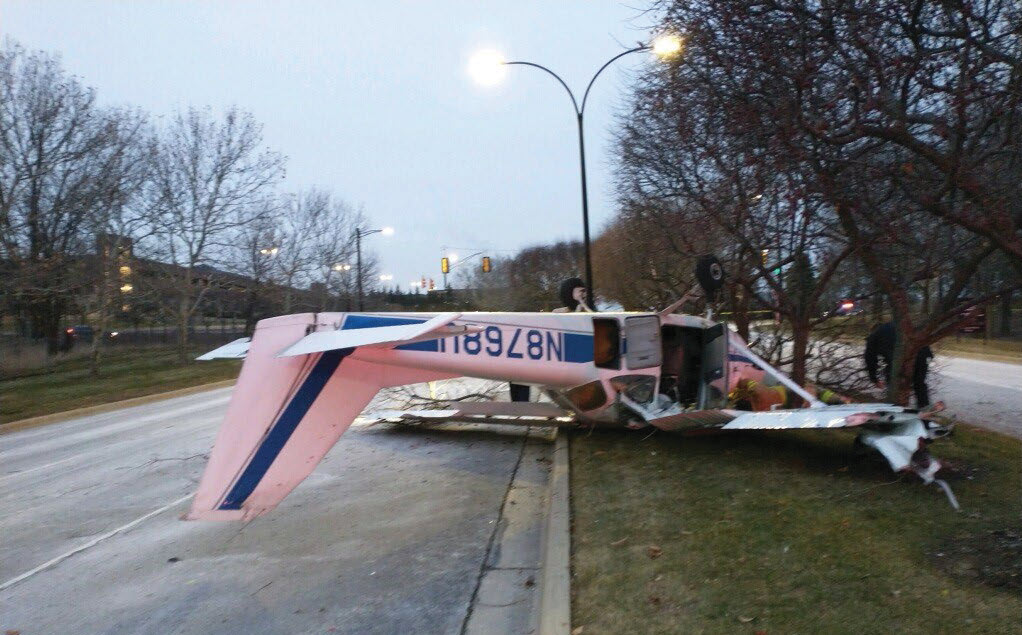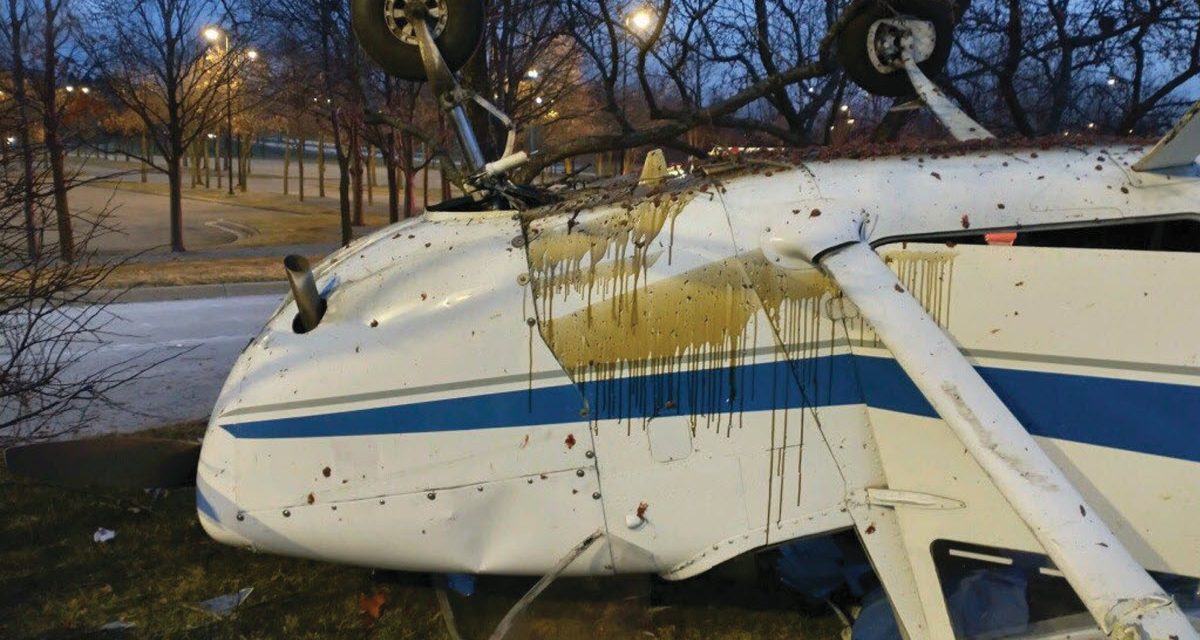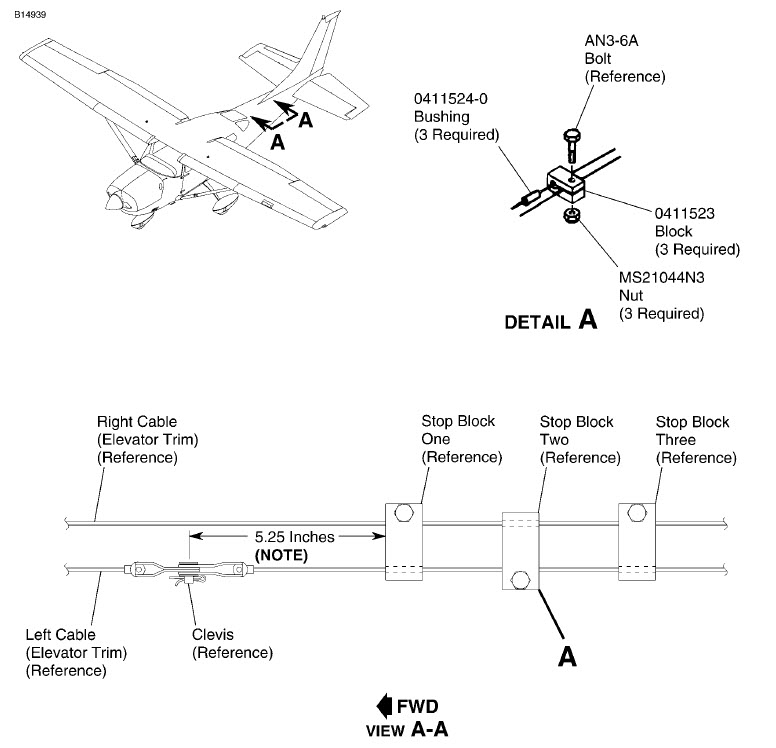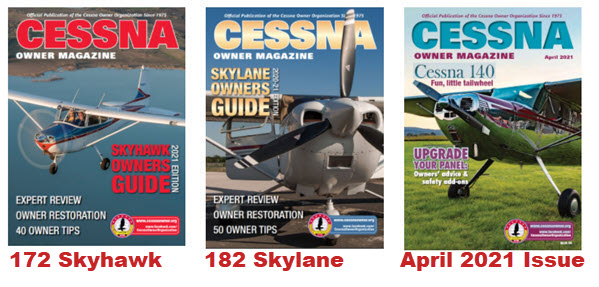By Carl Ziegler, A&P/IA
All photos courtesy of NTSB report
Back in the later years of the 1970s, specifically, around 1977, I was just coming out of my disco phase and was learning the ropes as a fledgling aircraft mechanic. I was taking a break from college and working full time at an FBO on the far South side of Chicago, at the old Chicago Hammond airport. Those were very busy years for general aviation, and our maintenance operation was no exception. We took care of the FBO’s flight training aircraft as well as a Part 135 operation comprised of a very early model Navajo and a couple of Beechcraft Barons. “Jumpin’ Joe” was an interesting character, as the owner of the FBO. He also used the Navajo for his own personal use and, on this occasion, he had taken it to Steamboat Springs, Colorado, for a round of skiing. Normally this wouldn’t be an issue for any aircraft, and Joe was certainly an accomplished pilot. One thing he neglected to calculate was that he was departing from summertime conditions and flying into a winter wonderland. The problem was that both engines of the Navajo still had straight-weight Aeroshell 100 in the sumps for our operations in the Midwest. Keep in mind that multi-viscocity aviation oil was not introduced until 1979. You had to pay attention and know the limitations of aviation oil based on expected temperatures en route and at your final destination. We have it so easy today!
After Joe and his cohorts enjoyed the winter wonderland, it was time to depart back to the Chicago area. Joe finally realized that in the close-to-zero-degree Fahrenheit temperatures, it might be hard, if not impossible, to start the engines with 100-weight oil still residing comfortably in the bowels of a pair of TSIO-540s.
At this time, Steamboat Springs was pretty much a one-horse airport — or maybe even a one-fuel-pump airport — with no services. After multiple attempts, Joe somehow managed to get the engines running and decided to perform a no-passenger warmup flight around the pattern to make sure there would be no issues. Well, after he somehow managed starts at those temperatures with no preheat, he blasted off around the pattern leaving a smoking trail of white exhaust. The engines were now in the process of chewing themselves up for a two-minute flight due to congealed oil in the lines, the turbochargers, controllers, and the oil coolers. Pucker in the pattern!
You can guess the outcome. We now had two boat-anchor engines that were 1,300 miles away and 6,800 feet in elevation at an airport with no hangars and no service. Oh, did I mention it was still winter and cold?
I was not the one chosen to go with Jim to change two engines under a couple of tarps and a kerosene heater for warmth. Joe had managed to get G&N Aircraft to produce two complete engines, which Jim and our helper loaded into the back of a U-Haul with the necessary equipment. I think it took them over two weeks to change both engines out in the cold, with no support. I always felt a bit cheated for not going with Jim on that deal. But in retrospect, after spending several decades outside in Minneapolis working for Northwest Airlines as a line mechanic, I realized I didn’t really miss out on anything.
A More Recent Accident
Take a look at the photograph above. Here’s a 172 that’s upside down and met its fate on a boulevard of dreams lined with trees. This very recent accident is what spurred my memory of the Navajo stuck in Colorado. As I read the accident report, which luckily did not involve any fatalities, I had to laugh at the fact that the issues that caused the Navajo incident so long ago are still valid problems that manifest themselves even today.

Accident Narrative
Location: Auburn Hills, Michigan Accident Number: CEN23LA067
Date & Time: December 21, 2022, 14:47 Local
Registration: N8768U
Aircraft: Cessna 172F Aircraft
Damage: Substantial
The pilot reported that shortly after takeoff, as the airplane was climbing through about 3,000 feet, the engine “coughed and shuddered and started to run rough.” After unsuccessfully troubleshooting the engine, the pilot decided to conduct an emergency landing on a nearby road. During the landing the airplane’s left wing clipped trees, causing the airplane to veer left and flip over.
The airplane sustained substantial damage that included damage to both wings, horizontal and vertical stabilizers, fuselage, and engine mounts. Post accident examination revealed a trail of oil from the airplane’s hangar, down the taxiway, leading to the departure runway. The underside of the airplane was covered in engine oil, and the externally mounted engine oil cooler exhibited fresh oil leakage. The No. 4 cylinder connecting rod was separated and there were holes through the engine crankcase above the No. 4 cylinder, consistent with catastrophic failure due to a lack of lubrication. The outside air temperature at the time of the accident was about 28 degrees Fahrenheit.
According to the airplane manufacturer, engine oil with a viscosity of SAE 20 was to be used at temperatures below 40 degrees Fahrenheit and SAE 40 was to be used for temperatures above 40 degrees Fahrenheit. However, the oil in the airplane’s engine had a viscosity of SAE 50, with an operating temperature range of 60 to 80 degrees Fahrenheit. Although the pilot added an oil additive to thin the engine oil, the aircraft manufacturer noted that the use of any oil additives during cold weather operation is not recommended. Additionally, the engine manufacturer indicated that operation of the engine without preheat could lead to oil congealing and engine failure. Operation of the engine above 1,700 rpm without first reaching minimum oil temperature could also lead to engine failure. The pilot reported that during the engine runup and takeoff roll the engine oil temperature gauge indication was not registering, and he did not remember whether the oil pressure gauge indication was in the normal operating range. It is likely that the pilot’s failure to preheat the engine before starting it, in combination with his failure to warm the engine to operating temperature before takeoff, resulted in the engine failure.
The owner made the following statement for the NTSB form 6120.1:

“I think there was a large oil leak that started right after I started her up. If someone had been there, they could have told me. After that, if it had been a longer taxi to the runup area, I, or another person, might have noticed that something was wrong — me from the runup, or another person from just observing. The runup was normal, and everything felt normal until the engine coughed. In hindsight, I should have accepted the idea that I was going to land off-field sooner and set up better for it. And better still, I had 7 quarts of oil. I added half a quart of Marvel Mystery Oil [MMO] to try to thin it a bit. I rotated the prop about 10 times to mix the oil and get it lubricated before I pulled it out of the hangar and started it.”
I recommend reading the accident report to see the remaining details. I’m still shaking my head.

Takeaways
I don’t think there is any point in going into a discussion on which oil is best. If you have a plane, you have already locked in your crude of choice. If you are a new owner, your logbooks should be the first stop to show you which oil is currently in use. In general, unless you have a reason to change, staying with the current crude is a wise choice.
What I wanted to point out with this article is that no matter what oil you use, and what temps you aviate in, the most critical component is the grey matter inside your skull. Despite the fact that the two pilots noted in this story had a wide range in skills and hours, both neglected some very basic analysis for the flight at hand. The Cessna 172 pilot seemed a bit “off” for lack of a better term. Let his actions be a lesson on what Marvel Mystery Oil will not do. “Jumpin’ Joe?” Well, let me just say, you had to know him.
Winter is around the corner. I have run my snow blower twice this summer in anticipation of possible early winter weather. I do the same anticipation analysis for determining my oil change periods for the coming seasons. For example, Lycoming recommends quarterly changes no matter what hours have accumulated on the oil. Please don’t call me for that engine change road trip in the middle of Montana in January.
Stay smart, fly safe.
Carl has close to 50 years of continuous experience working as an aircraft technician and 38 years as an IA. In addition to GA, he has acquired over 38 years of airline experience with Northwest and most recently with Delta, finishing his last 13 years of airline service as an aircraft inspector. He currently flies a 1976 Cessna 172N.






